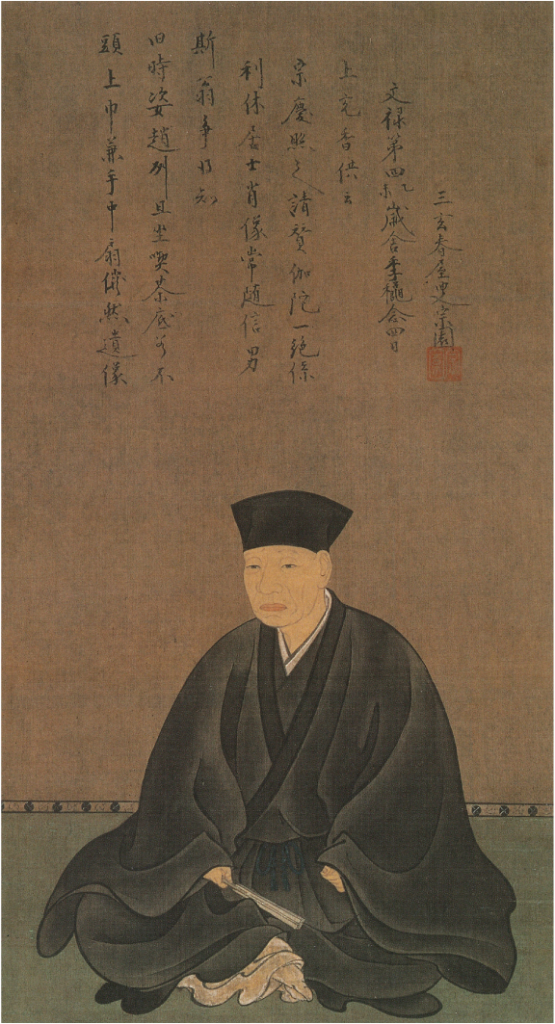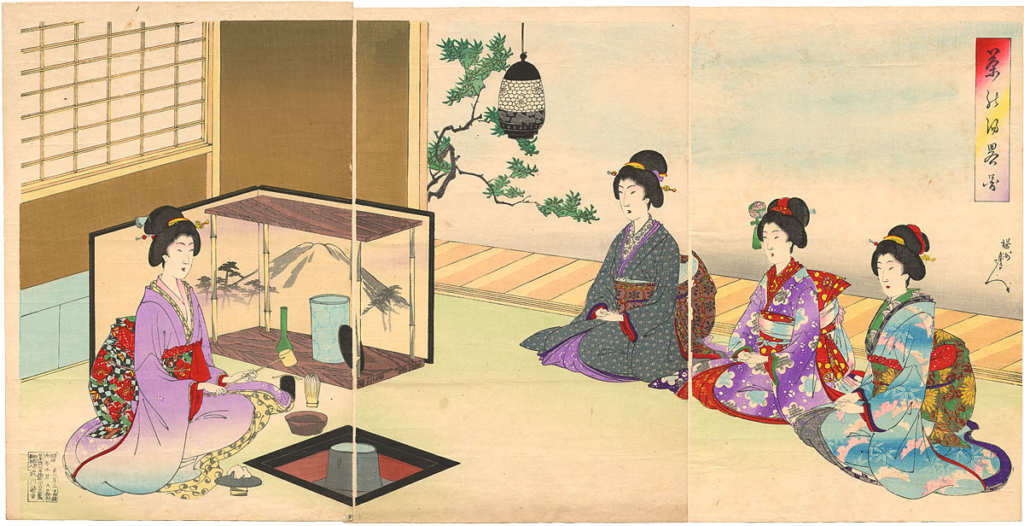Discover the rich history and cultural significance of Chadō, the Japanese tea ceremony, in this blog by Japan Fans.
From its origins in the 9th century to its evolution into a highly refined art form, the tea ceremony is a unique and enriching experience that combines aesthetics, ritual, and mindfulness. Explore the principles of harmony, respect, purity, and tranquility that underlie the tea ceremony and learn how to experience this timeless tradition for yourself.

The Art of Chadō: An Introduction to the Japanese Tea Ceremony
Chadō (茶道), also known as the “Way of Tea,” is a traditional Japanese cultural activity that involves preparing and serving Japanese green tea, known as matcha, to guests in a formal setting. The tea ceremony is a ritual that combines the aesthetics of tea, architecture, garden design, and the performing arts, and it is considered to be an important part of Japanese culture and history.
The origins of the tea ceremony can be traced back to the 9th century, when tea was first introduced to Japan from China. The tea ceremony became popular during the Kamakura period (1185-1333), when Zen Buddhism was introduced to Japan and the tea ceremony became a way for people to cultivate mindfulness and find inner peace.
Over the centuries, the tea ceremony has evolved and developed into a highly refined art form that is based on strict rules and protocols. The tea ceremony is traditionally held in a tea room, or chashitsu, which is a small, simple structure designed specifically for the purpose of tea drinking. The tea room is usually located in the garden of a traditional Japanese house, and it is designed to be a place of tranquility and serenity.
During the tea ceremony, the host, or the tea master, prepares the matcha tea using a series of precise and ritualistic movements. The tea master uses a bamboo whisk, or chasen, to mix the matcha powder with hot water in a bowl, or chawan, and then serves the tea to the guests. The guests are expected to observe strict rules of etiquette, including sitting in a specific position and using specific hand gestures when receiving the tea.

Understanding the Beauty of the Japanese Tea Ceremony
The tea ceremony is more than just a way to drink tea; it is a way of life that is based on the principles of harmony, respect, purity, and tranquility. The tea ceremony is a way for people to connect with each other and with nature, and it is a way to find inner peace and clarity in a busy and chaotic world.
There are many different schools and styles of the tea ceremony, and each school has its own unique traditions and practices. The tea ceremony is an ever-evolving art form, and it continues to be an important part of Japanese culture and society today. So, it is an important and unique cultural activity that is worth exploring and experiencing if you have the opportunity.
Have you ever experienced Chadō? And if so, did you like it? Feel free to discuss this and more in our Japan Fans group.
When we realise our own Japanese Art & Culture Centre in Utrecht, we plan to organise many events around Chadō there as well!
